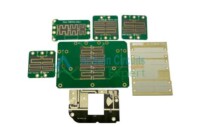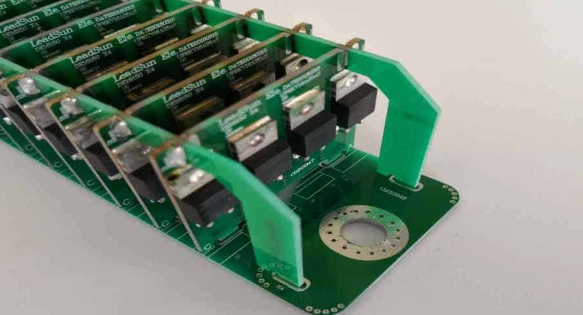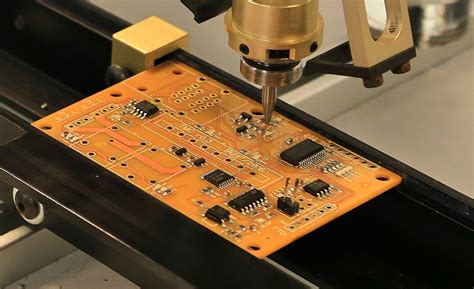PCB circuit board design experience summary
As an electronic engineer, circuit design is a necessary hard work, but no matter how perfect the principle design is, if the circuit board design is unreasonable, the performance will be greatly reduced, and in serious cases, it may not work properly.
Based on my experience, I have summarized the following points that should be paid attention to in PCB design, hoping to be of some inspiration to you. No matter what software is used, PCB design has a general procedure, and it will save time and effort to follow the order, so I will introduce it according to the production process. (Because the interface style of protel is close to windows, the operating habits are also similar, and it has powerful simulation functions, it is used by more people, and this software will be used for illustration.)
Maxim Technology
Schematic design is the preliminary preparation work. It is often seen that beginners directly draw PCB boards to save trouble, which will not be worth the loss. For a simple board, if you are familiar with the process, you may as well skip it. But for beginners, you must follow the process. On the one hand, this can develop good habits, and on the other hand, it is the only way to avoid mistakes for complex circuits.
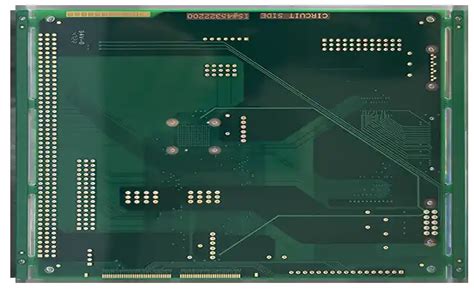
Maxim Technology
When drawing a schematic diagram, pay attention to the fact that each file should be connected as a whole in the hierarchical design, which is also of great significance for future work. Due to the difference in software, some software will appear to be connected but not actually connected (in terms of electrical performance). If you do not use relevant detection tools to detect, if there is a problem, it will be too late to find it after the board is made. Therefore, the importance of doing it in order is repeatedly emphasized, hoping to attract everyone’s attention. The schematic diagram is based on the design project, and there is nothing to say as long as the electrical connection is correct. Let’s focus on the specific problems in the board making process.
1.Make a physical frame The closed physical border is a basic platform for the future component layout and routing, and also plays a constraining role in automatic layout.
Otherwise, the components from the schematic diagram will be at a loss. But you must pay attention to accuracy here, otherwise it will be troublesome to install problems in the future. In addition, it is best to use arcs at the corners. On the one hand, it can prevent sharp corners from scratching workers, and on the other hand, it can reduce stress. In the past, one of my products always had the PCB board of the shell broken during transportation. After using arcs, it was solved.
2.Introduction of components and networks It should be simple to introduce components and networks into the drawn borders, but there are often problems here.
You must carefully solve the errors one by one according to the prompts, otherwise it will take more effort later. The problems here are generally the following: the packaging form of the component cannot be found, the component network problem, there are unused components or pins, and these problems can be solved quickly by referring to prompt 2.
3.Component layout The layout and routing of components have a great impact on the life, stability, and electromagnetic compatibility of the product, and are areas that should be paid special attention to. Generally speaking, the following principles should be followed:
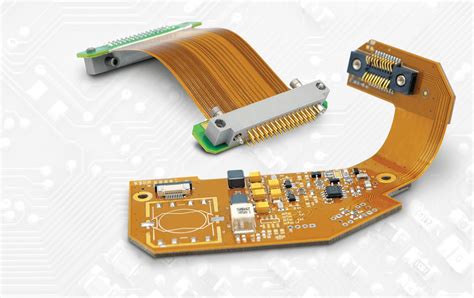
(1) Placement order
First place components related to the structure that are fixed in position, such as power sockets, indicator lights, switches, connectors, etc. After these components are placed, use the LOCK function of the software to lock them so that they will not be moved by mistake in the future. Then place special components and large components on the circuit, such as heating components, transformers, ICs, etc. Finally, place small components.
(2) Pay attention to heat dissipation
Component layout should also pay special attention to heat dissipation issues. For high-power circuits, those heating components such as power tubes and transformers should be placed as close to the side as possible to facilitate heat dissipation. Do not concentrate them in one place, and do not place them too close to high capacitors to avoid premature aging of the electrolyte.
4.Wiring
Wiring principles
The knowledge of wiring is very profound, and everyone will have their own experience, but there are still some common principles.

